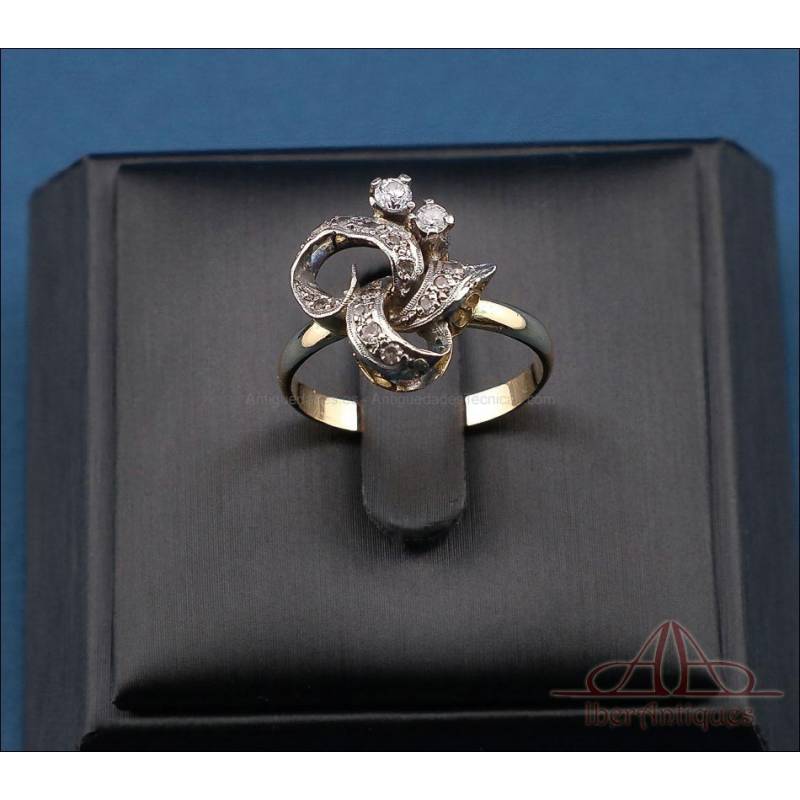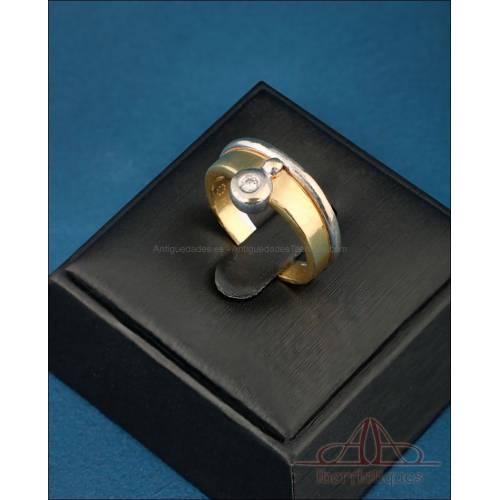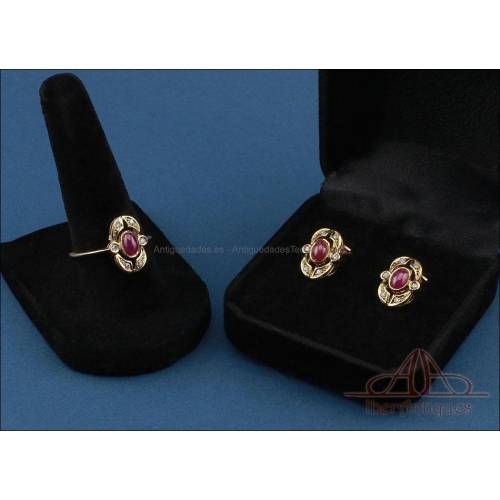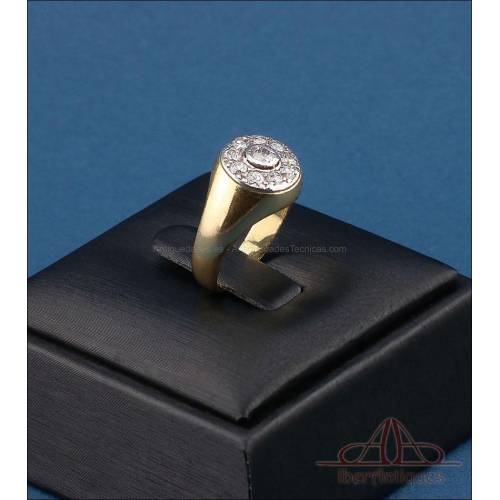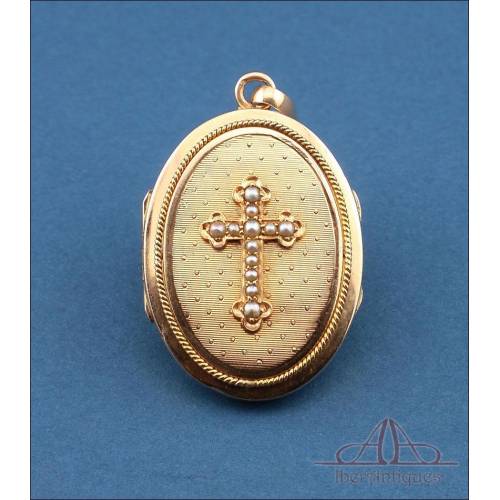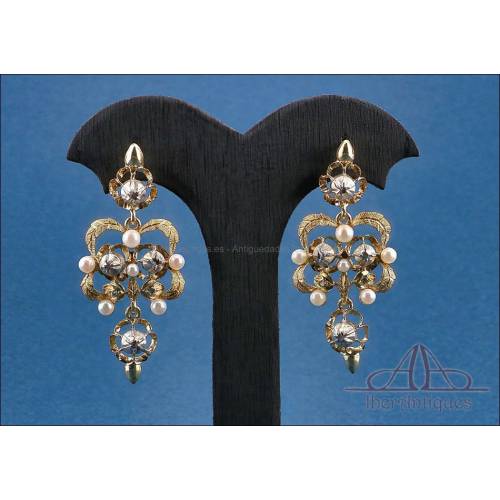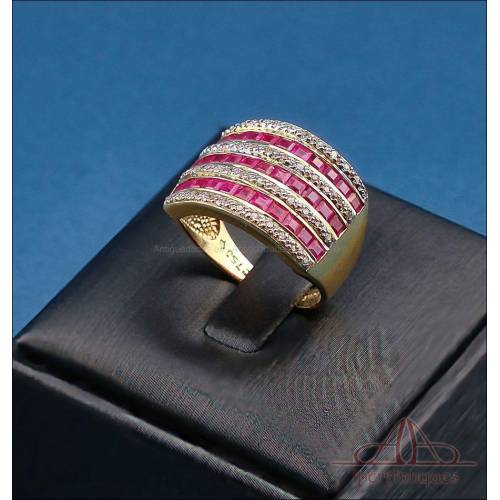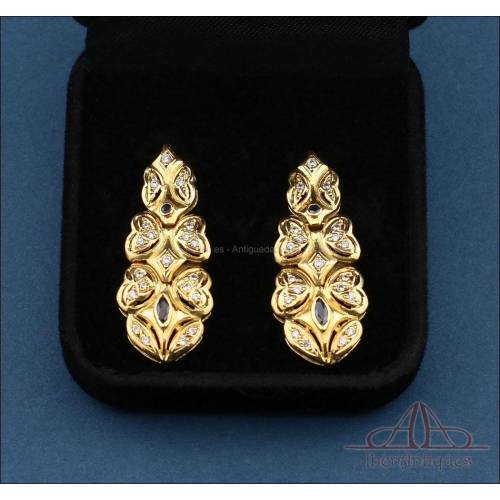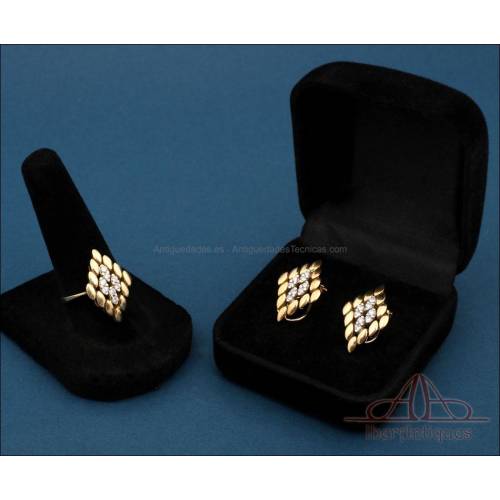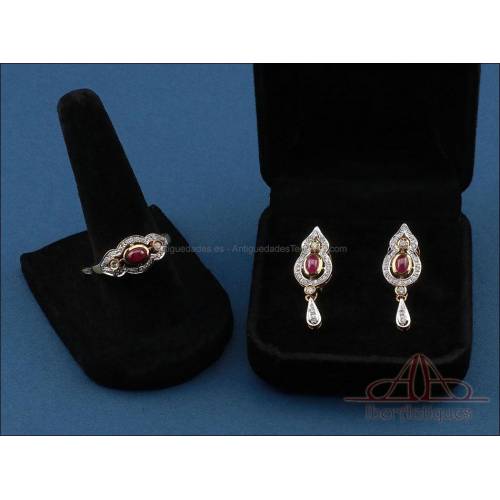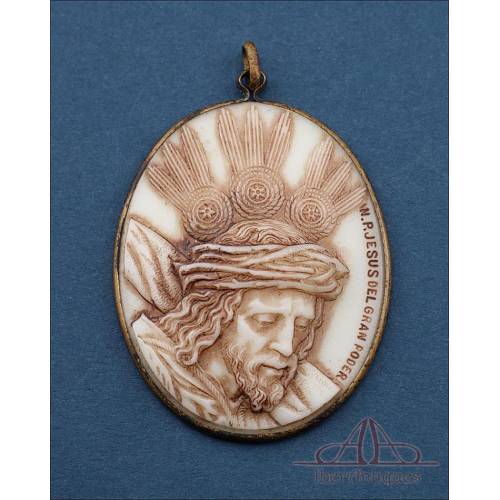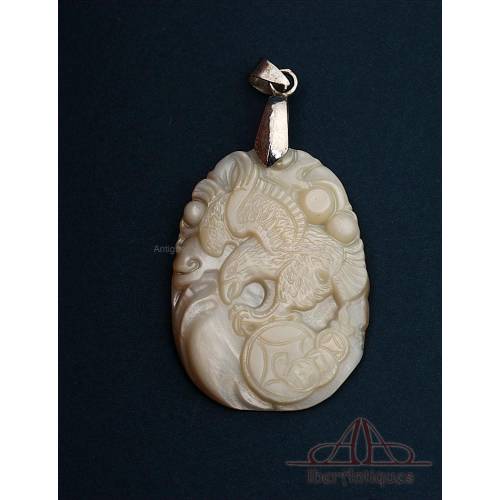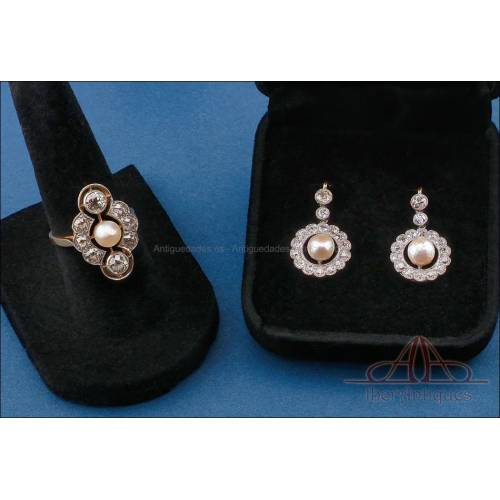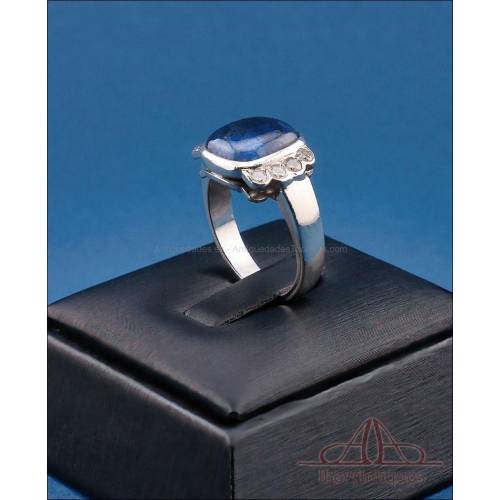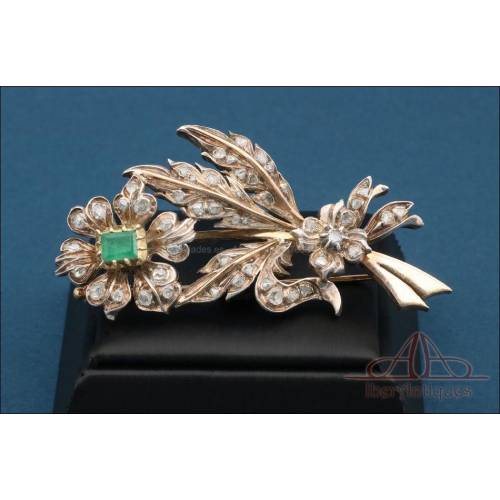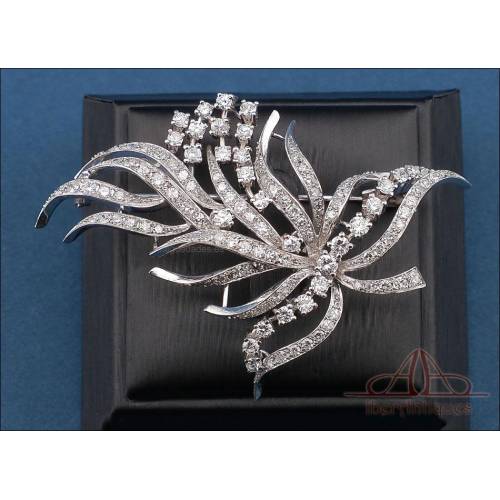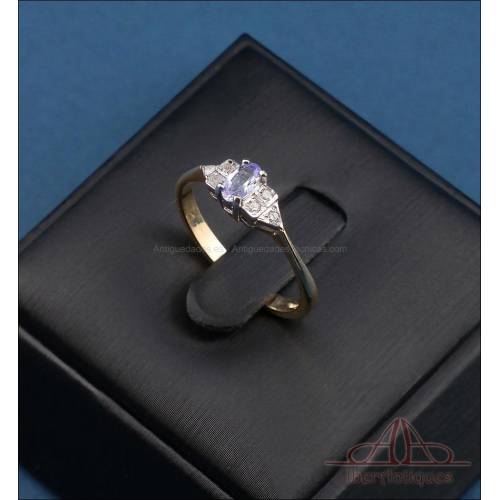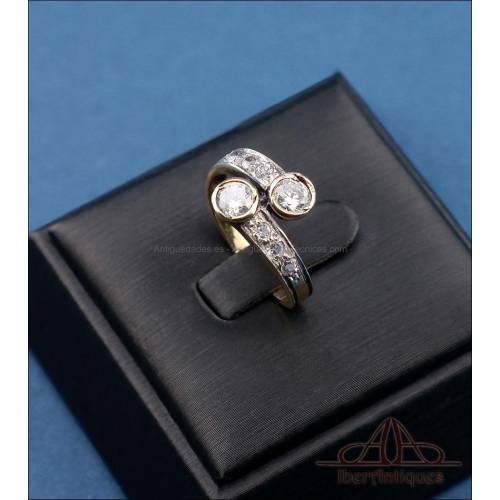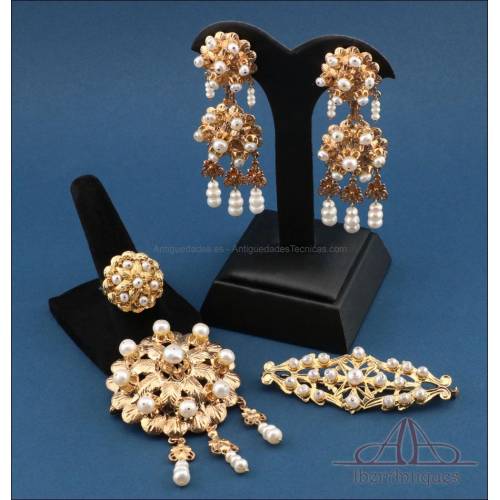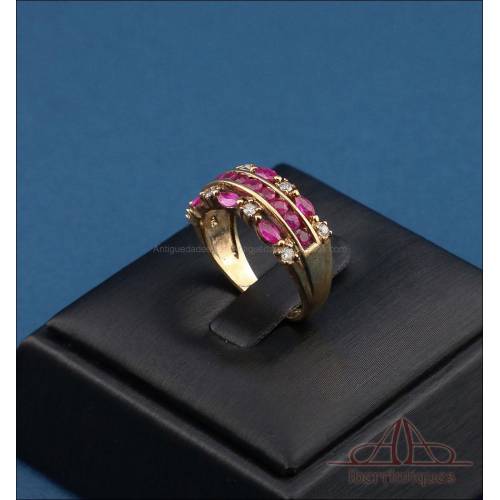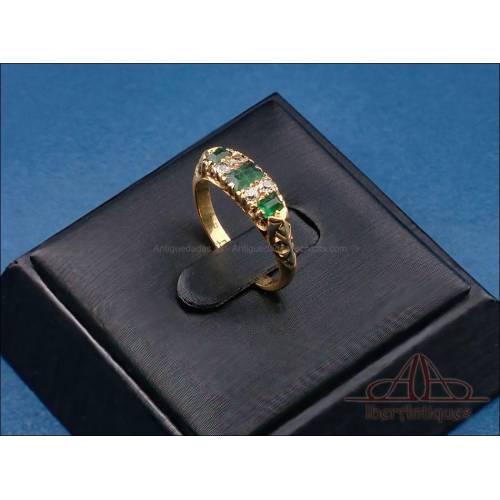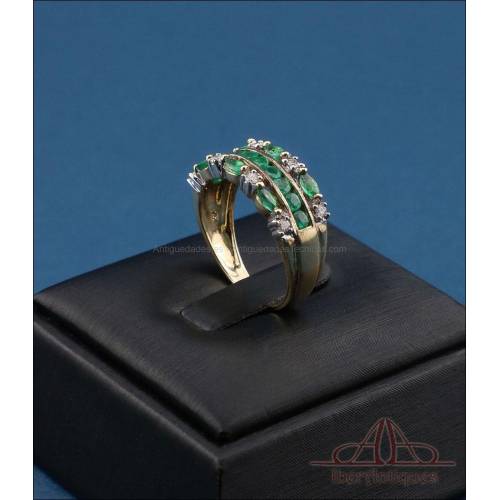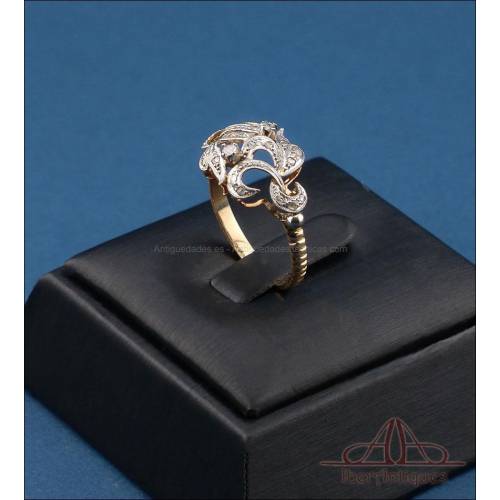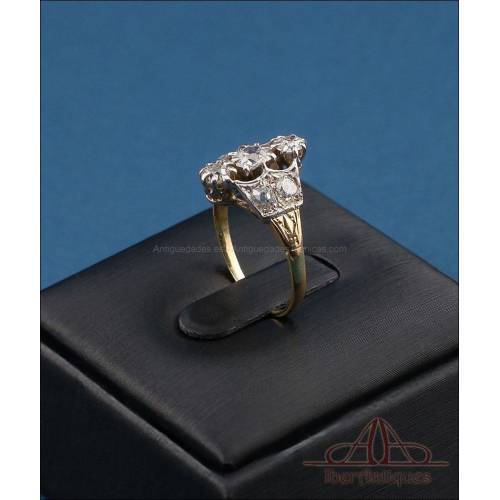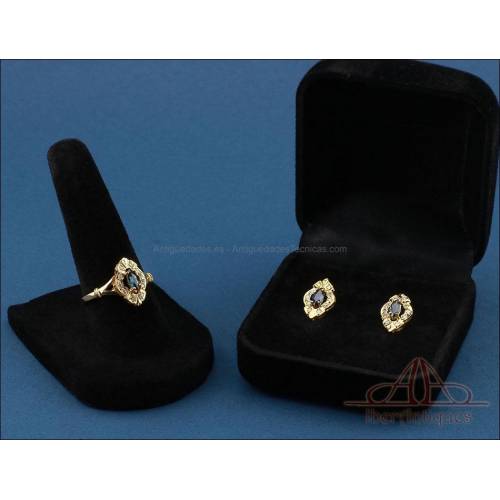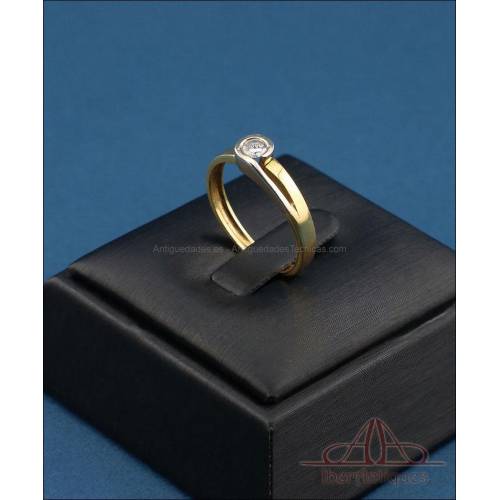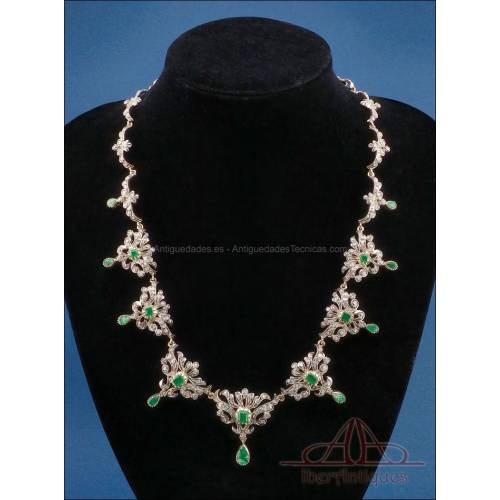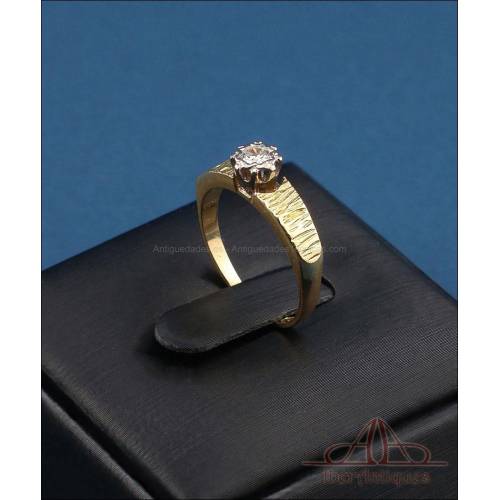E-257
Vintage 18K gold ring with zirconia, from the 1960s70s
Vintage 18K gold ring, likely from the 1960s70s, with an Art Deco-inspired design and brilliant-cut zirconia stones.
Vintage 18K gold ring with zirconia, Art Deco inspiration from the 1960s–70s
This vintage 18K gold ring combines delicate design with the timeless appeal of a collectible piece. Its fluid, ornamental form, with interwoven curves and a silhouette resembling a floral bow, shows clear Art Deco inspiration, interpreted in a softer manner typical of stylistic reinterpretations from the 1960s and 70s. While the exact date of manufacture is unknown, the design style and the use of zirconia, a synthetic stone that became widely popular in the mid-20th century, strongly suggest the ring was made during this period.
The ring features a band in 18K yellow gold, while the upper setting appears to be in white gold or applied platinum, showcasing two brilliant-cut zirconia stones. These stones are carefully set to enhance the design’s vertical dimension and add refined sparkle without overwhelming the piece. The metalwork is detailed with engraving and raised textures that give volume and visual richness to the composition.
Thanks to its graceful and feminine silhouette, this ring is ideal for those who appreciate jewelry with personality, elegance, and history. It transitions effortlessly from classic to modern styles, and is suitable for everyday wear or special occasions. Moreover, due to its excellent preservation and noble materials, it also stands as a solid investment in quality vintage jewelry.
A unique, versatile, and characterful piece, perfect for inclusion in a curated collection or as a standout accessory for an elegant look.
Size: ES: 14, FR: 54, UK: O, US: 7, CN: 14.
Weight: 2.7 g
A jeweler can resize the ring to suit the wearer. It can be made larger or smaller as needed. Resizing a ring is a routine procedure for any professional jeweler.
History of Zirconia
The history of cubic zirconia, also known as CZ, is relatively recent when compared to other gemstones used in jewelry. Although natural zirconium oxide crystals were first identified in 1937, it wasn’t until the 1970s that they began to be synthesized and produced on a commercial scale. Their appearance, strikingly similar to that of diamonds, quickly made them one of the most attractive and affordable alternatives in fine jewelry.
Cubic zirconia was initially developed in Soviet laboratories for scientific purposes, particularly for its thermal resistance in laser technologies. However, its brilliance, fire, and hardness, 8.5 on the Mohs scale, soon caught the attention of the jewelry industry. It offered a visually stunning alternative to diamonds, one that was far more accessible to a broader audience.
During the 1970s and 1980s, the popularity of CZ grew rapidly, especially across Europe and the United States. Production techniques improved, allowing precise cuts and even colored variants, though the most popular remained the colorless variety due to its diamond-like appearance. It was quickly adopted for use in rings, earrings, necklaces, and bracelets, whether in gold, silver, or platinum.
In the case of vintage jewelry from the 1960s and 70s, such as the ring featured here, the use of zirconia reflected the democratization of fine jewelry, allowing more people to access elegant designs without relying on expensive gemstones. Thanks to its sparkle, durability, and low maintenance, zirconia became one of the most versatile gems of the 20th century, offering beauty, affordability, and timeless appeal in equal measure.

